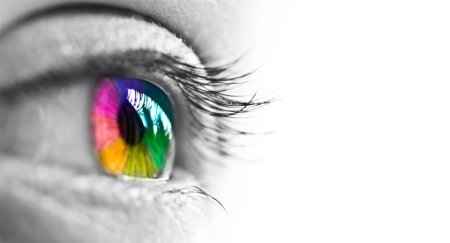
This comprehensive article delves deep into the intersection of color neuroscience and consumer psychology, exploring how specific hues and visual stimuli can profoundly influence the way consumers think, feel, and behave. It begins by emphasizing that color is far more than aesthetic—it's a powerful communicator of emotion, mood, and subconscious associations.
How color activates the brain: Different colors evoke distinct responses. For example, warm tones like red can heighten arousal and create a sense of urgency, while cool tones such as blue are linked to trust and calmness Forbes+3Wikipedia+3Forbes+3. These colors can trigger physiological reactions like changes in heart rate or attention, while cultural conditioning and personal experiences further mold their interpretations Wikipedia.
Neuromarketing and packaging: The neuroscientific study of how consumers perceive color plays a key role in packaging design. Products with aesthetically pleasing packaging activate reward-related brain regions like the nucleus accumbens and ventromedial prefrontal cortex, leading to faster choices and stronger preferences, even if they're more expensive Wikipedia.
Brand perception and decision-making: Initial impressions—often formed in under 90 seconds—are heavily influenced by color, with up to 90% of the judgment attributed to it, and brand recognition can jump by 80% thanks to color alone HubSpot Blog. Different colors convey powerful impressions: blue suggests reliability and trust, while purple can denote luxury and creativity HubSpot Blog+1. Brands increasingly rely on this psychological leverage, choosing color palettes that align with target audience expectations.
Context matters: Color interpretation is not universal. Culture, environment, and personal history play significant roles. For instance, colors appealing in one culture may be off-putting in another. Marketers must therefore adapt their color strategies to regional and demographic contexts Forbes+7Wikipedia+7HubSpot Blog+7.
In essence, this article highlights how neuroscientific insights into color perception can revolutionize marketing by tapping into subconscious consumer responses—unlocking emotions, guiding decisions, and building stronger brand connections.